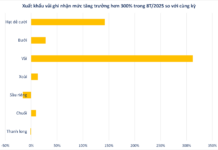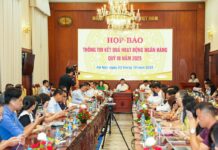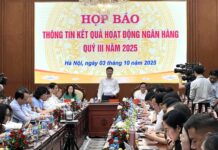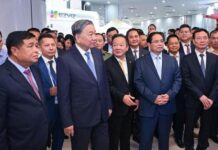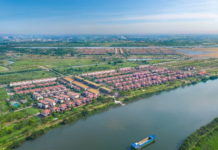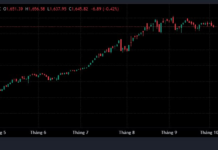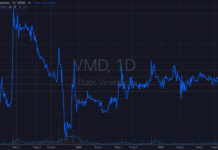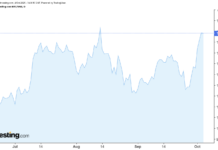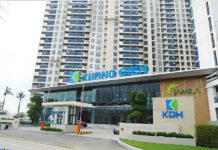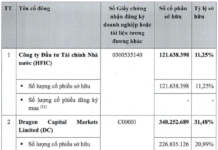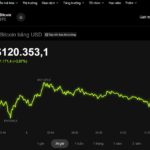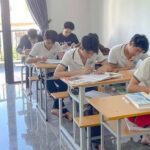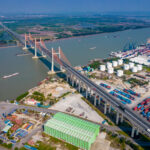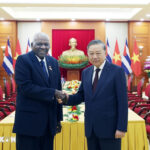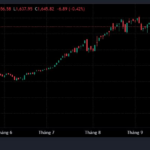The Roland Berger report, “Global Supply Chain in Its Asian Era,” offers a comprehensive overview of the global supply chain shift, with Southeast Asia, including Vietnam, emerging as a pivotal hub. Experts from Roland Berger presented this report on September 25, 2025, in Kuala Lumpur, Malaysia. Notable attendees included John Lown, Operating Partner at Roland Berger for Southeast Asia, and David Zhu, Vice President of Operations at Roland Berger for China.
“Companies can no longer rely solely on a single global model. The real advantage lies in adapting to the new multipolar context,” stated David Zhu.
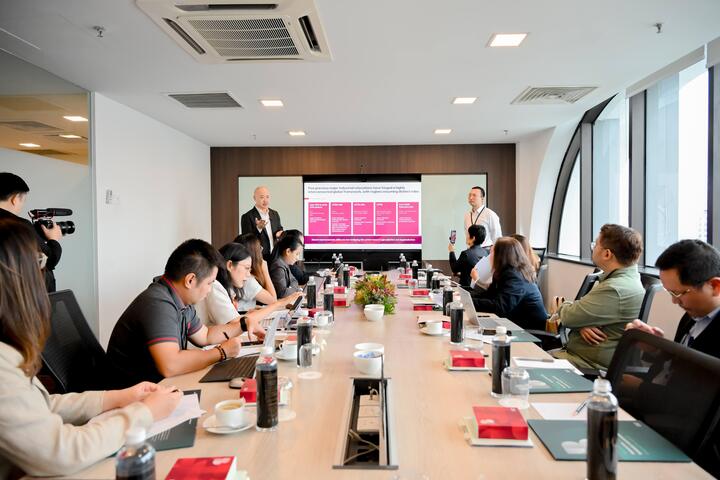
Roland Berger’s report highlights Southeast Asia’s transformation into a multi-centric $3 trillion supply chain platform for manufacturing and trade.
Vietnam Attracts Massive Investment in Chips and Electric Vehicles
According to Roland Berger’s report, Vietnam is positioning itself as a manufacturing hub with record FDI inflows into chips, electronics, and electric vehicles. In 2024, Vietnam attracted $38 billion in foreign investment, while maintaining $200 billion in imports from China and $320 billion in exports to the U.S.
From 2019 to 2023, Vietnam led ASEAN with a 6.6% GDP growth in manufacturing, reflecting diversification driven by FDI. The government aims to increase semiconductor plants from 1 (2024) to 3 (2040), along with establishing 300 design centers and 20 packaging facilities, to fully engage in the value chain for chips, electric vehicles, and smart electronics.
“FDI in manufacturing rose from $20 billion in 2020 to $38 billion in 2024, with over 60% focused on semiconductors and electronics. Consequently, Vietnam’s market share in chip assembly, testing, and packaging is expected to reach 8.5% by 2032. Simultaneously, VinFast aims to increase its electric vehicle production from 300,000 units in 2025 to 1 million in the long term, solidifying its role as a key player in Asia’s new supply chain,” the report noted.
According to John Lown, Vietnam’s competitive advantages lie in its low labor and production costs, growing role in electronics assembly and semiconductor packaging, and active participation in free trade agreements and regional networks like RCEP. However, Vietnam faces significant challenges, including high domestic logistics costs, a shortage of skilled engineers in high-tech industries, and risks from tariff policies.
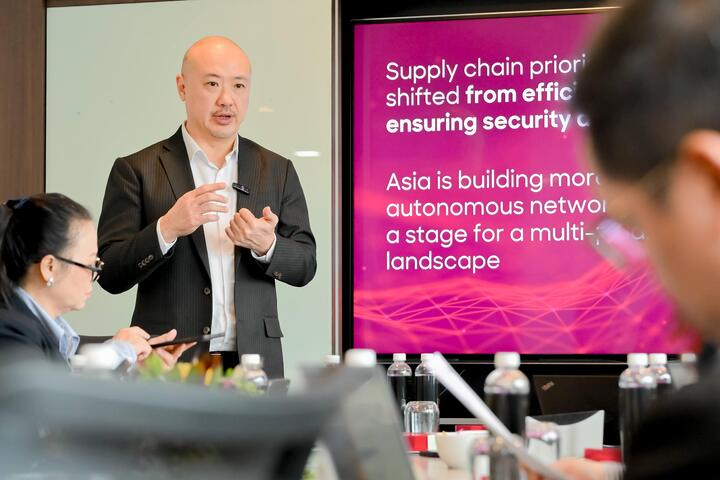
John Lown, Operating Partner at Roland Berger for Southeast Asia.
John Lown praised Vietnam’s proactive efforts to address these challenges through policy reforms, including the Investment Law to encourage technology transfer and attract FDI, and incentives for the semiconductor industry to attract foreign manufacturing plants and design centers.
“These policies are expected to strengthen Vietnam’s position in the restructuring global supply chain,” said John Lown.
Southeast Asia Becomes the “Pivot” in the Shift
Roland Berger’s report suggests that Southeast Asia is becoming the “pivot” in the next chapter of global industrialization. The region serves both as a starting point for the “China+1” strategy and as a transit hub for China’s shift to high-tech manufacturing. Amid rising tariffs, ASEAN countries are also striving to diversify their own supply chains.
The trend of multi-centric supply chains is vibrant across Southeast Asia, with RCEP agreements further facilitating this flow. For example, components from Batam (Indonesia) are shipped to Binh Duong, then returned to Penang (Malaysia) for testing and packaging before export.
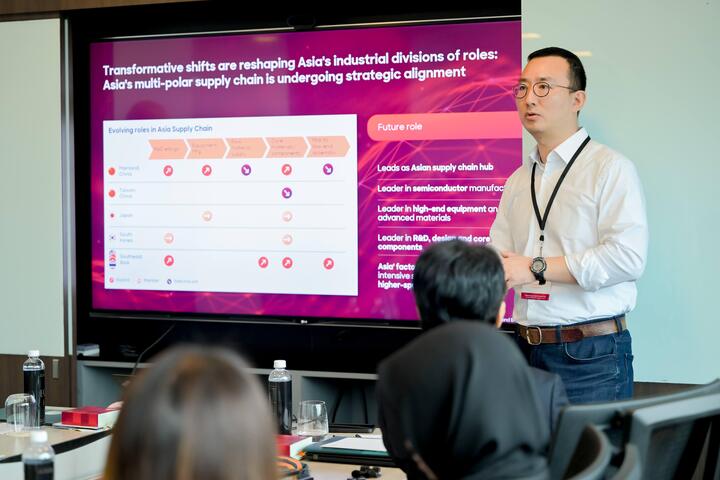
David Zhu, Vice President of Operations at Roland Berger for China.
The industrial landscape is also being reshaped: Indonesia leverages 42% of the world’s nickel reserves to develop batteries, with capacity expected to rise from 10 GWh to 140 GWh by 2030; Thailand aims to produce 2.5 million electric vehicles by 2040; the Philippines exports over 370,000 tons of nickel and expands renewable energy by 5% annually; Malaysia maintains its position as a global OSAT powerhouse and invests an additional $11 billion in semiconductor manufacturing; the Philippines packages 1/10 of global PMICs (power management integrated circuits); and Singapore continues as a financial, R&D, and logistics hub, attracting 71% of ASEAN’s FDI.
ASEAN governments are facilitating this through various policies: Thailand’s Eastern Economic Corridor with $44 billion in investment and tax incentives; Indonesia’s special economic zones with localization requirements; Malaysia’s expansion of the Penang–Johor semiconductor cluster; Singapore’s $100 million investment in green supply chains; and Indonesia’s national logistics ecosystem aimed at reducing logistics costs to 6% of GDP. However, these countries face similar challenges to Vietnam in logistics and high-tech workforce.
According to Roland Berger’s report, the key lesson for corporations is to design a “multi-centric” network: leveraging mineral resources from Indonesia and the Philippines, Malaysia and Vietnam for electronics manufacturing, and relying on Thailand for electric vehicle assembly, all coordinated from Singapore’s financial and digital hub. Supply chain resilience must be built proactively through supplier diversification and smart inventory management. Digital governance via 5G corridors, IoT, and predictive systems can turn ASEAN’s fragmentation into a strategic advantage.
“In this fifth industrial wave, success will belong to those who coordinate regionally rather than just planting a new ‘flag’,” shared John Lown.
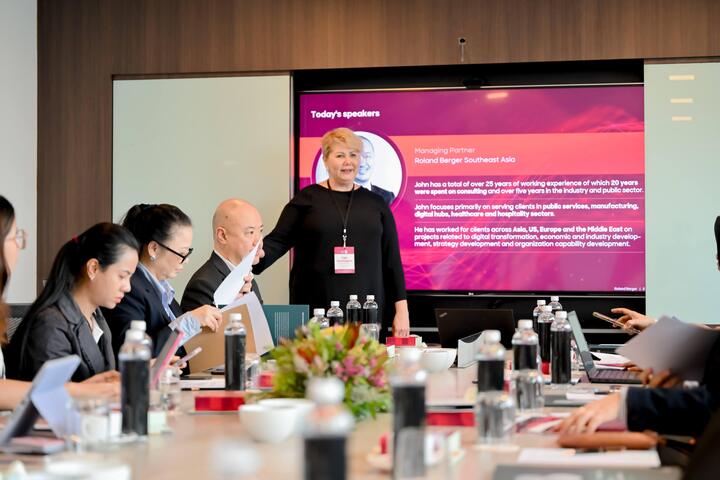
Inga Korchagina, Director of Marketing and Communications for Asia at Roland Berger.
Shift from West to East
Roland Berger’s “Global Supply Chain in Its Asian Era” report (September 2025) emphasizes the significant shift of global supply chains from the West to the East, with Southeast Asia emerging as a key beneficiary due to the “China+1” strategy, cost advantages, and trade agreements like RCEP. Global supply chains are transitioning from a hyper-globalized model to more regionalized, sustainable, and flexible networks, driven by trade conflicts, geopolitical volatility, and the need for green transformation. Asia is projected to become the new value center through three shifts: from “world’s factory” to “integrated value chain,” from fragmented competition to integrated leadership, and from low-cost competition to symbiotic cooperation.
Southeast Asia is emerging as a $3 trillion supply chain platform, with advantages in low-cost production, abundant resources, new logistics hubs, and tariff resilience. However, the region faces challenges such as uneven infrastructure, skilled labor shortages, fragmented regulations, and geopolitical risks in balancing between the U.S. and China.
The report provides in-depth analysis of the roles and strategies of nine countries. Indonesia has the potential to become a battery hub due to its nickel reserves. Malaysia maintains its strength in OSAT and semiconductors. Vietnam attracts FDI in electronics, chips, and electric vehicles. Thailand focuses on EV and high-tech development. The Philippines combines OSAT and BPO but faces high energy costs. Singapore remains a logistics and high-value coordination center.
In conclusion, the Roland Berger report recommends that to sustain growth, the region must upgrade infrastructure, train skilled labor, standardize ASEAN regulations, and leverage both U.S. and Chinese supply chains. The global supply chain is entering its “Asian era,” with Southeast Asia as the new central player, presenting both opportunities and challenges.
Unrivaled and Unchallenged: This Region Reigns Supreme as Vietnam’s Labor Export Capital
Annually, remittances from overseas workers to their families in Vietnam total an estimated $600–650 million.
“Reaching a Decade-High Peak: This Locality Leads the Nation in GRDP Growth for the First 9 Months of the Year”
Quảng Ninh has recorded an impressive economic growth rate of approximately 11.67% over the past nine months, ranking first among 34 provinces and cities nationwide. This marks the highest growth rate the province has achieved in the last decade, surpassing its previous annual fluctuations between 8.02% and 10.12%.
Anticipated Adjustment to Personal Income Tax Deduction Threshold in October 2025
According to the Ministry of Finance, the Standing Committee of the National Assembly is expected to review and adopt a Resolution on adjusting the family deduction threshold for personal income tax during its 50th session in October 2025.

